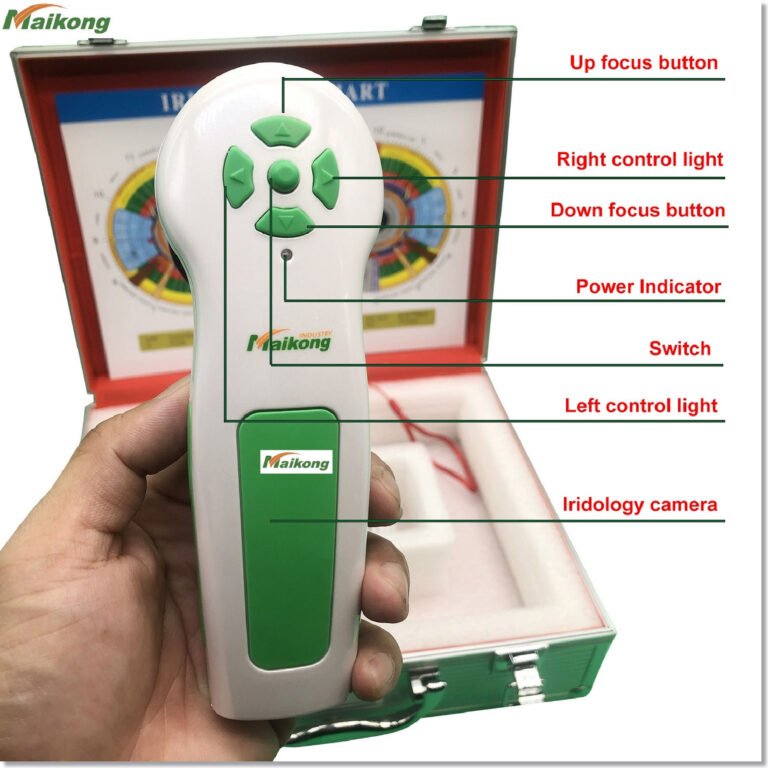ڪيٽيگريون
- iridology (226)
- اک پڙهڻ (24)
- QR سافٽ ويئر (15)
- بلاگ (289)
- ارڊولوجي جي وضاحت (35)
- iridology آن لائن ڪورس (54)
- iridology (59)
- نمائش (2)
- خبرون (414)
- iridology (122)
- iridology ڪيس (122)
- iridology جي تعليم (163)
- iridology تصويرون (32)
- FAQ (46)
- iridology ڪئميرا ڊرائيور (31)
- iridology ڪئميرا سافٽ ويئر (17)
- iridology ڪئميرا سافٽ ويئر وڊيو (47)






